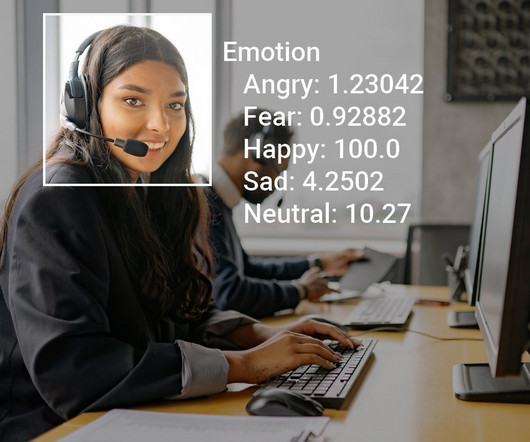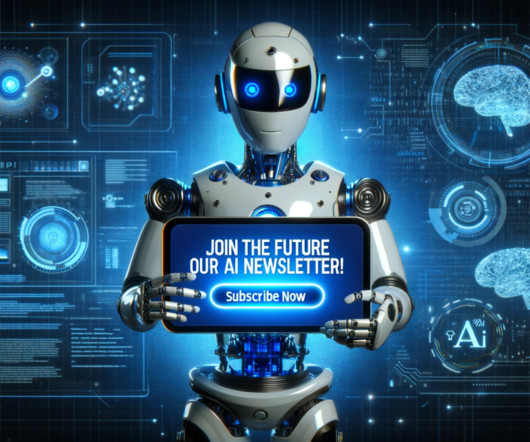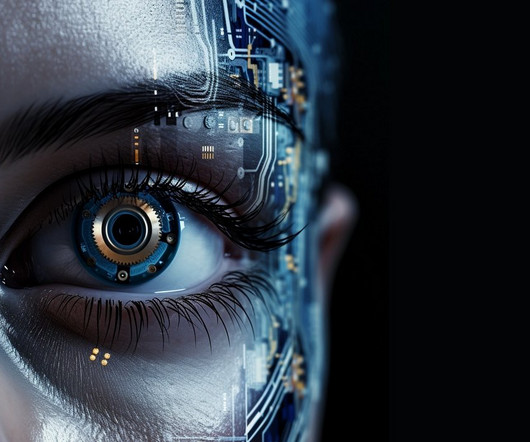AI Emotion Recognition and Sentiment Analysis (2025)
Viso.ai
OCTOBER 9, 2024
AI emotion recognition is a very active current field of computer vision research that involves facial emotion detection and the automatic assessment of sentiment from visual data and text analysis. This solution enables leading companies to build, deploy, and scale their AI vision applications, including AI emotion analysis.















Let's personalize your content